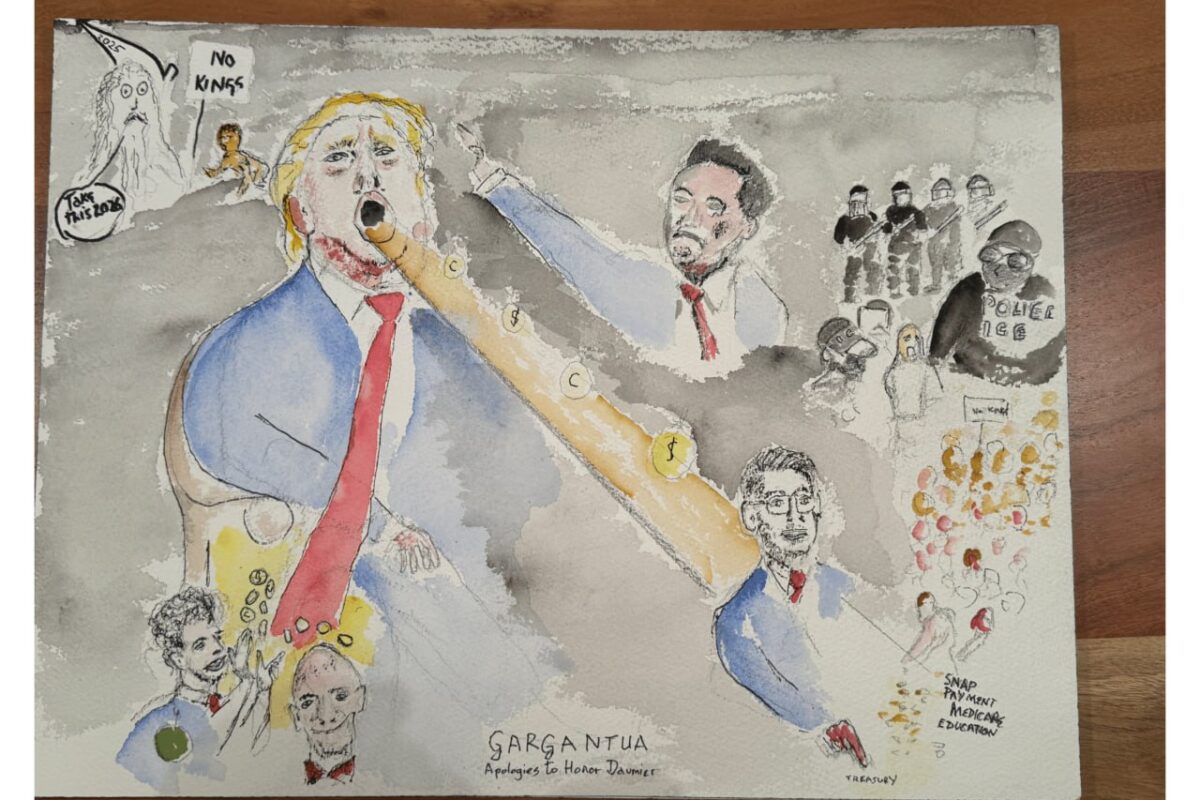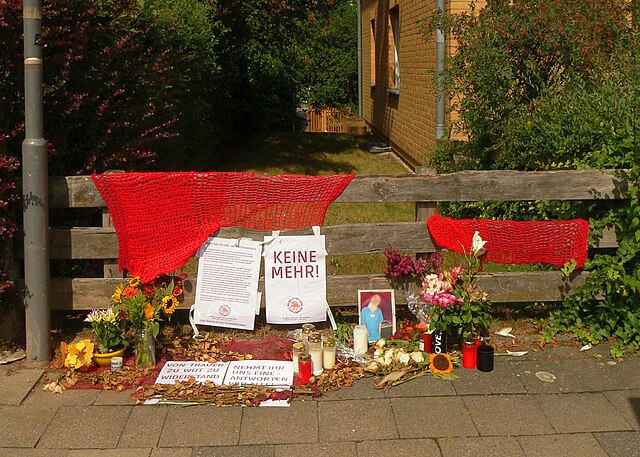Rebellious Daughters of History #26
by Judy Cox

Striking a Light: Sarah Chapman (1862-1945)
Sarah was born in 1862 to Samuel Chapman, a brewer and sometime docker, and Sarah Ann Mackenzie. Sarah and her six siblings grew up in Mile End and could all read and write.
By the age of 19, Sarah worked with her mother and sister, Mary, at the Bryant and May match factory in Bow.
The match women were known for being rowdy and rebellious. Mainly were of Irish descent and were familiar with republican and socialist ideas. In 1882, factory boss, Theodore Bryant, deducted a shilling from each worker’s wage to pay for a statue of William Gladstone. Workers disrupted the unveiling by pelting the statue with stones, red paint and their own blood.
Anger among the women was fuelled by low wages, long hours, appalling working conditions and the unfair fines system. Poisonous white phosphorus left many girls suffering from ‘phossy jaw’, a form of cancer.
In July 1888, some 1400 women marched out of the factory. The next day some 200 girls marched from Mile End down to see Annie Besant, a campaigning journalist. A deputation of three, including Sarah, went into her office and Annie agreed to help them organise a Strike Committee to which Sarah and 8 other women were elected.
The first strike meeting was followed by meetings with Members of Parliament. The women marched from the East End into central London to win support and went from door to door collecting solidarity donations.
By 17th July, their demands were met. All fines and deductions were abolished and sacked workers reinstated. Bryant and May provided a room for meals away from the work room. The women’s victory helped to inspire the Great Dock Strike of 1889.
The Union of Women Match Makers was set at Stepney Meeting Hall, and 12 women, including Sarah, were elected to its committee.
Sarah was elected by her union to be the first TUC representative and she was also a delegate to the 1888 International TUC in London.
In December 1891 Sarah married Charles Henry Dearman, a Cabinet Maker, and stopped working at Bryant and May. They moved to Bethnal Green and had six children.
Sarah died of lung cancer, in Bethnal Green in 1945 aged 83. Louise Raw has rightly pointed out that the Match women should be remembered, not as women dependent on any leaders, but as a collective of powerful and insurgent women.
Read more in Louise Raws great book ‘Striking a Light: the Match Women’s Place in History’ which is available from Bookmarks bookshop.

From terrorism to Marxist Revolutionary : Vera Ivanovna Zasulich (1851 – 1919)
Vera was born in Mikhaylovka, in the Russian Empire, daughter of an impoverished minor noble. After graduating from high school in 1866, she moved to Saint Petersburg, and worked as a clerk. She became involved in radical politics and taught literacy classes for factory workers. She was just 17 when she was arrested and imprisoned for 4 years in 1869.
Vera was released in 1873, she settled in Kiev, where she became a leader of a revolutionary group of Mikhail Bakunin’s anarchist supporters.
In July 1877, a political prisoner, Alexei Bogolyubov, refused to remove his cap in the presence of Colonel Trepov, the governor of St. Petersburg who was famous for his suppression of rebellions. Trepov ordered Bogolyubov to be flogged, which caused outrage. A group of revolutionaries plotted to kill Trepov and Vera was selected to act. She walked calmly into his office and shot and seriously wounded Trepov.
At her widely publicized trial, it was Trepov’s crimes which were put on trial and the jury found Zasulich not guilty. Vera fled the court as the police tried to rearrest her. A crowd gathered to protect her and one of her supporters was shot dead. In the chaos, Vera managed to escape.
Vera fled to Switzerland, where she became a Marxist and co-founded the Emancipation of Labour group with Georgi Plekhanov and Pavel Axelrod in 1883. The group commissioned Zasulich to translate a number of Karl Marx’s works into Russian, which was one of the factors that led to the creation of the Russian Social Democratic Labor Party (RSDLP) in 1898.
In mid-1900, the leaders of the radical wing of the new generation of Russian Marxists, Julius Martov, Vladimir Lenin and Alexander Potresov, joined Zasulich, Plekhanov and Axelrod in Switzerland. The six founded Iskra, a revolutionary Marxist newspaper, and formed its editorial board.
The Iskra editors convened a pro-Iskra Second Congress of the RSDLP in Brussels and London in 1903. However, Iskra supporters split into two factions, Lenin’s Bolsheviks and Martov’s Mensheviks. Vera sides with the Mensheviks.
She returned to Russia after the 1905 Revolution. She joined a group with Plekhanov in early 1914. The group supported Russian side in World War I and opposed the October Revolution of 1917.
In the winter of 1919, she developed pneumonia and died in Petrograd on 8 May 1919.
In his book Lenin, Leon Trotsky acknowledged her contribution to Russian socialism:
‘She remained to the end the old radical intellectual on whom fate grafted Marxism. Sasulich’s articles show that she had adopted to a remarkable degree the theoretic elements of Marxism. But the moral political foundations of the Russian radicals of the ’70s remained untouched in her until her death.’
Oscar Wilde’s first play was ‘Vera; or, The Nihilists’, inspired by Vera’s shooting of Trepov. The play was published in 1880 and first performed in New York in 1883



